

Madhur Srivastava
Explorer | Traveler | Book Worm | Writer | Photographer
- Home
- Photography
- Travelogue
- Travel Diary
- Bookshelf
- Podcasts
- Words of Wisdom
- Articles
- Interviews
- Entertainment
- Amusing Stories
- Reviews
- Personal Finance
- Lifestyle
- In Desire
- Dropdown
Movies - English Language
On Wall Street
Wall Street is both loved and hated. Everyone wants a pie of money made by the Wall street, but hated for its people and culture. The words egomanics, greed, selfishness, corrupt, and immoral are commonly used to describe the Wall Street. The following movies shows inside working of the Wall Street, both proving and disproving the popular perception. One thing that is pervasive and not mentioned anywhere is that sleep is a luxury in the Wall Street. Late night meetings are the norm and nobody complaints about 100+ hours of work week. These are both strange and admiring.
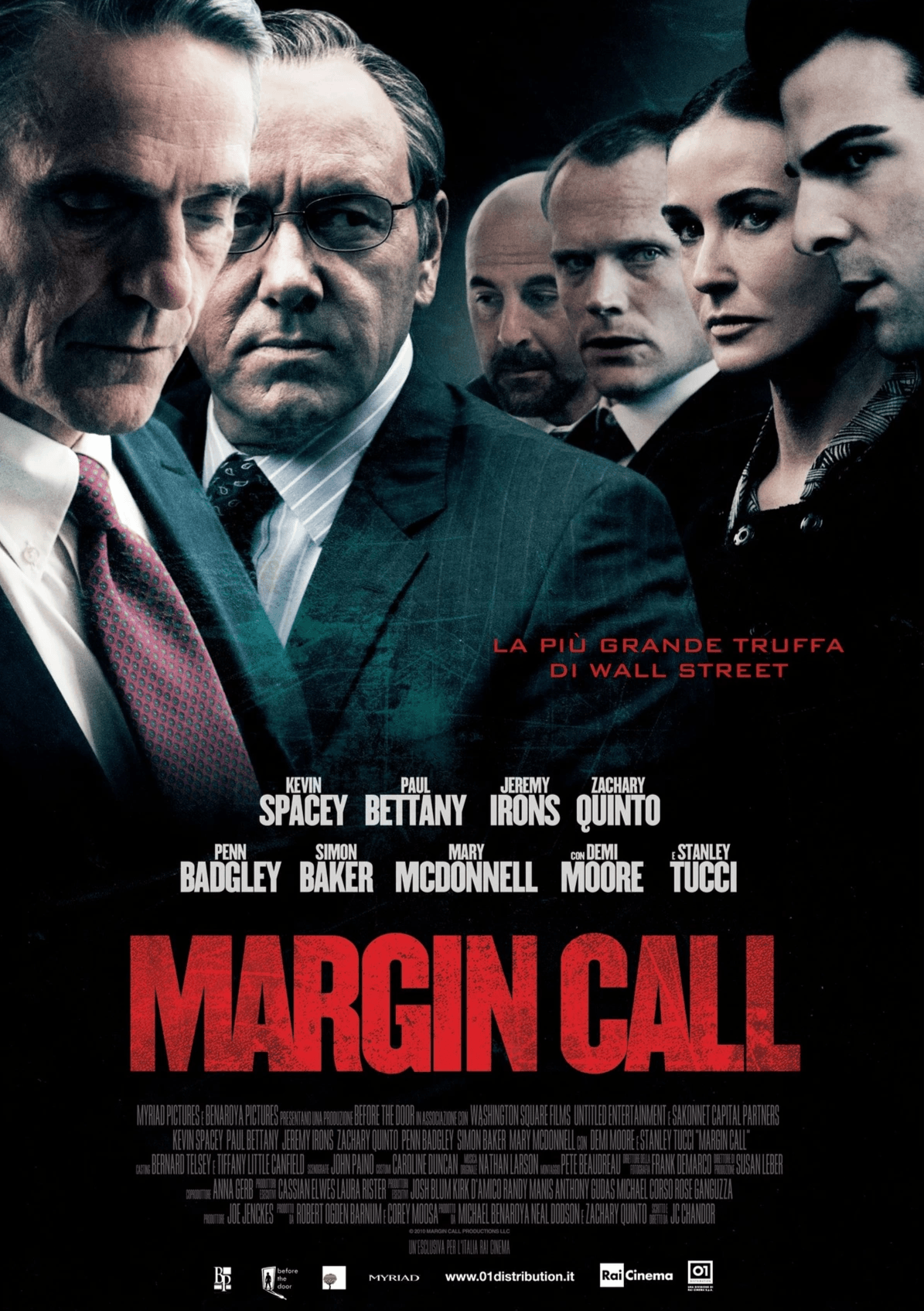
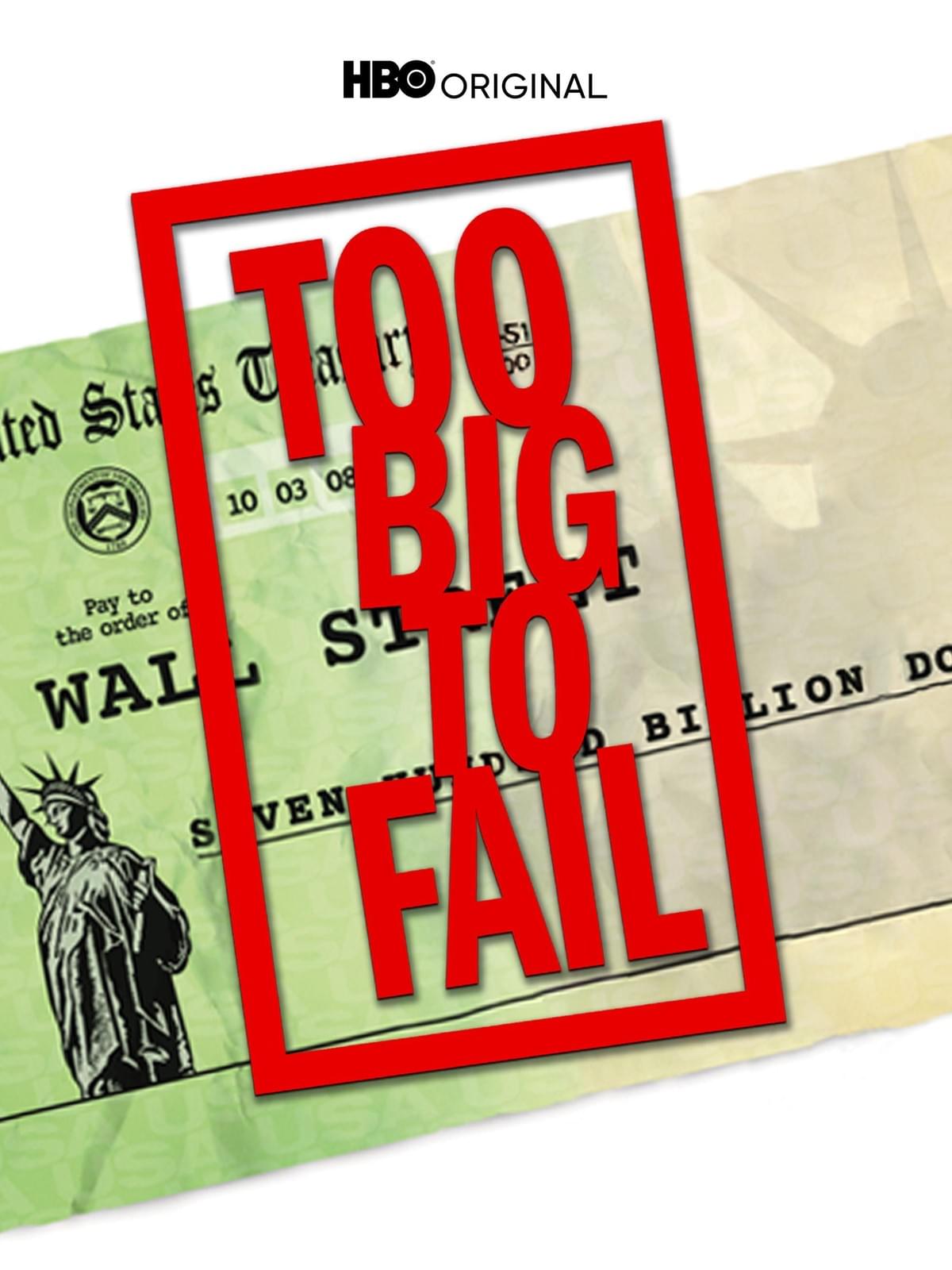
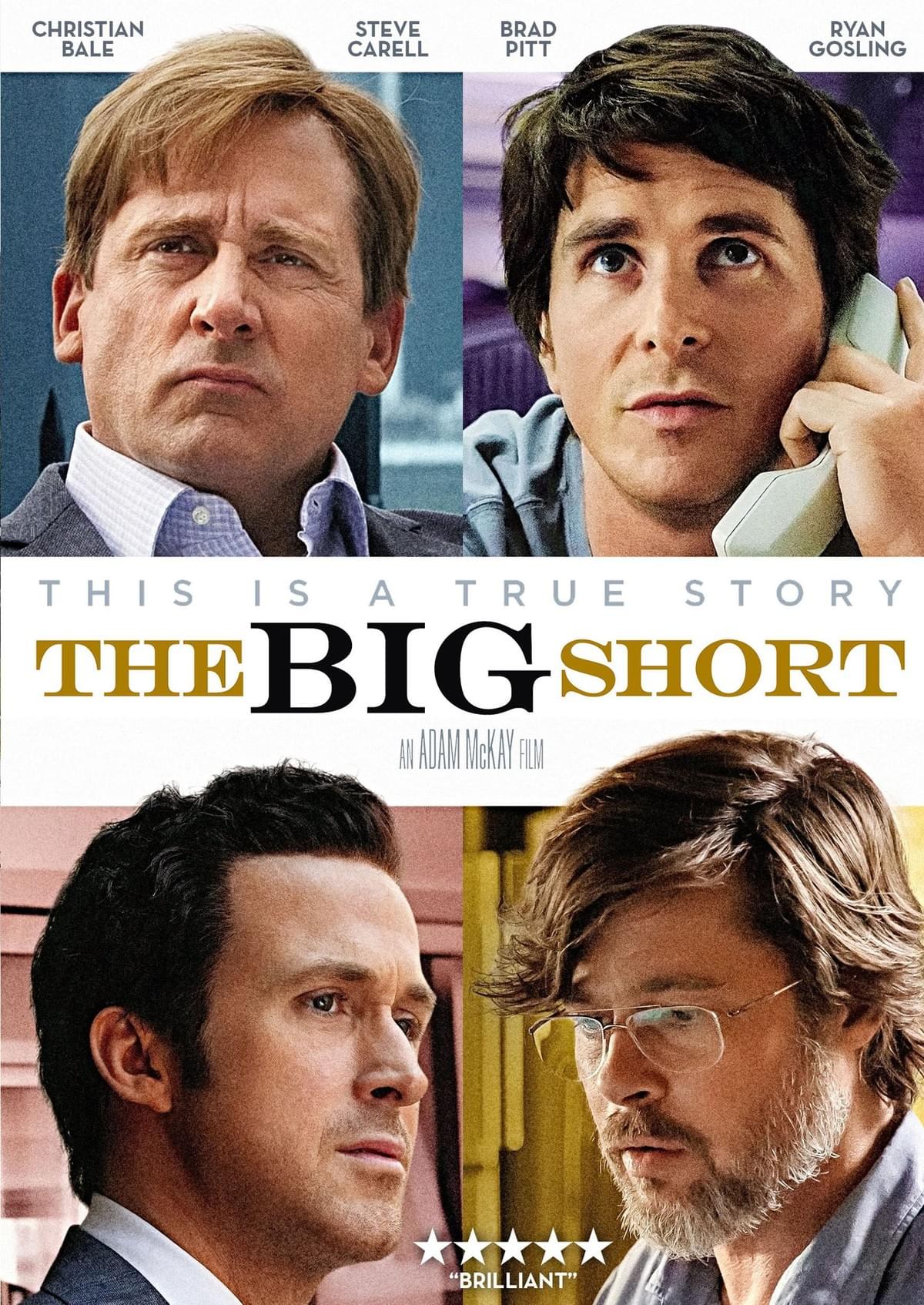
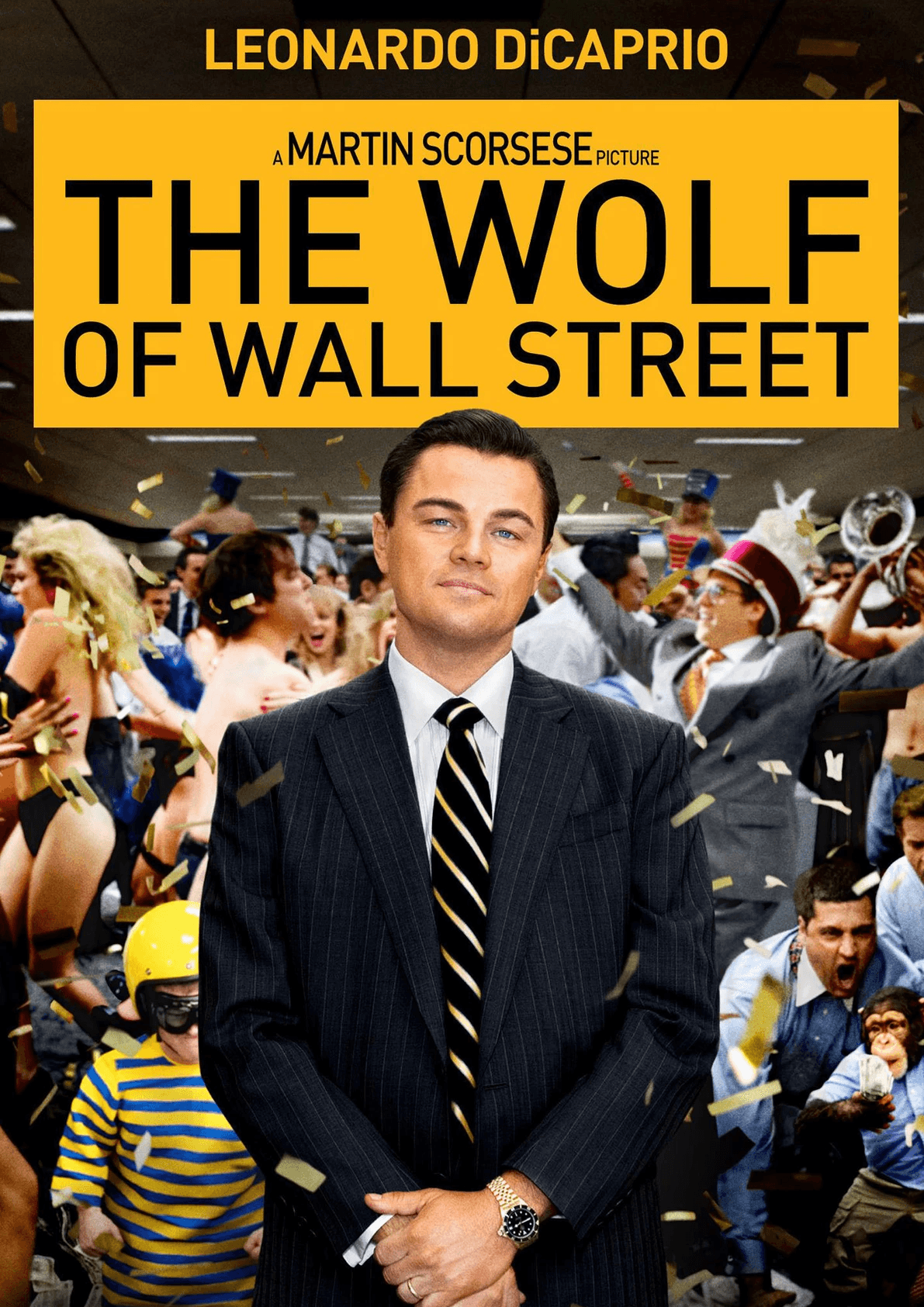
The Godfather
What is the most American movie? For the US citizens, it is debatable. For the rest of the world, it is undoubtedly Godfather, Godfather and Godfather! Produced in 1970 and set in 1950's, the movie deals with the complexities of Italian mafia family via father-son duo. Covered in the envelop of business empire, crime, deceit, family values, betrayal and promises, the movie is a recipe that illustrates strength and helpnesses at the same time. You can be the Godfather, but yet have to resign to the fate that bestows upon you.
Take Michael Corleone, the son with a military career who wants to live a normal life. He is not interested in violence, but ends up being the most violent, including killing his own brother and brother-in-law. He demands absolute loyalty, but his own loyalty in doubt. Or take the family patriarch, the original Godfather, Vito Corleone, who seems to be in control and yet fails to find out who attached him. His aura is gripping, yet he is helpless. A family man who keeps the vows, yet betrayed by his own gang members.
The two-part movie is as American as it can get. It focuses on immigrants and their lives and their system. They trust their tribe more than the institutions. They have past that contantly begets them.
The movie is a master class that needs to be watched again and again, albeit for different reasons. First time, it is the aura of the scenes, characters and story. Second time, to understand the minute events that were set up in the past. It is like an academic paper, where one needs to go back and forth to know what is going on. And third and more times, just to enjoy each scene as it goes by. Like a Shakespearean play, it is fresh every time.
Ever wondered how one's journey have traversed through time, just watch Michael sit in his dining table, smoking and remembering all the chatter and family warmth at the same time with all his brothers, sister and family members. Time passes and we become the person that we hated the most.
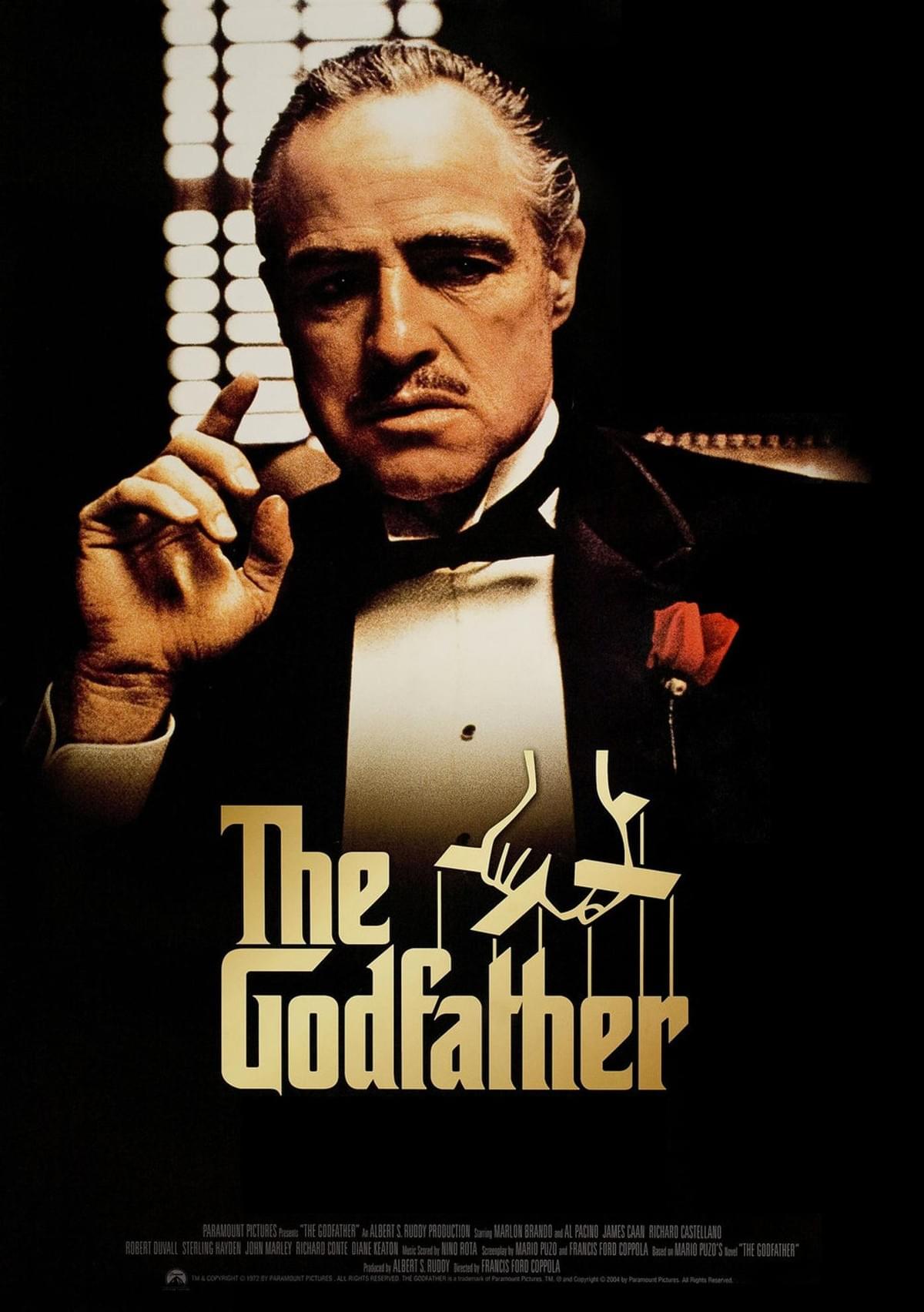
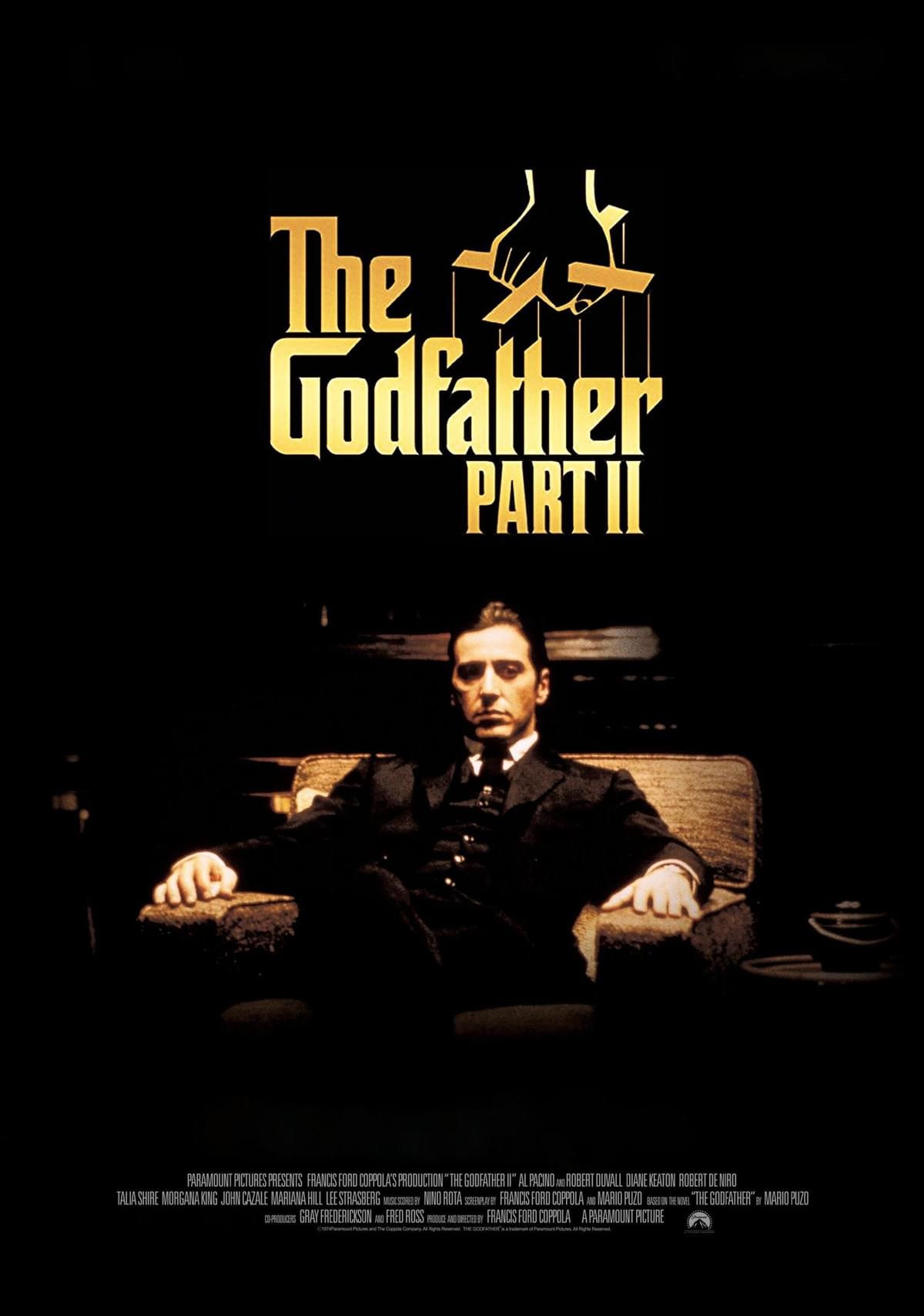
Ocean Series
Despite being morally wrong, there is something in stealing that makes everyone gets glued to it. Or why else there are so many movies on "heist". But making a movie on heist is not that easy task. The plot needs to be compelling, villian and heroes needs to be well-defined (just because you steal doesn't mean you are the bad guy; recall Robinhood), what needs to be stolen should be precious (i.e. large sums of money, antique jwellery or ancient artifact, to name a few), how it is stolen should be impossible (but our hero still accomplishes it!), the motive behind the stealing should be convincing and, most importantly, after the heist, the hero should always remain free and the villian should die or go to prison. A bit of romance or passionate sex adds to the thrill. A starcast of elite actors is a plus. Ocean series somehow manages to bring everything together. But it does more, it adds style to it and a teamwork between the thiefs that is carefully thread together with storyline and is hard to replicate in every scenario. If the male version of the series is breathtaking, wait for the female version (Ocean's 8), which takes heist to the next level.




TV Series - English Language
Chernobyl - HBO TV Series
Truth is stranger than fiction. It is also unpredictable. While there have been many nuclear disasters, none have been like Chernobyl Nuclear Power Plant. It occurred at the peak of the cold war and could have destroyed a continent. The story of the disaster is essential to be told to the general public. What happened? How did it happen? How was it contained? And more importantly, what was the human cost? Both in terms of population effect and the people involved in the containment zone. There is no better way to tell the story than via cinema.
The 5-part TV series “Chernobyl” produced by HBO is a must watch masterpiece. It is bingeworthy. It is both suspenseful and factual. It covers the accident in detail, action taken by politicians (aka Soviet comrades) and role of scientists in determining the cause. The characters are real and the situation they face is unprecedented. Watching the series is like observing it in real time from a distant view. Whether it is the worry in the face of Mikhail Gorbachev, or the wife of a firefighter caring for her radiation infected husband, it is deeply personal. And deeply factual.
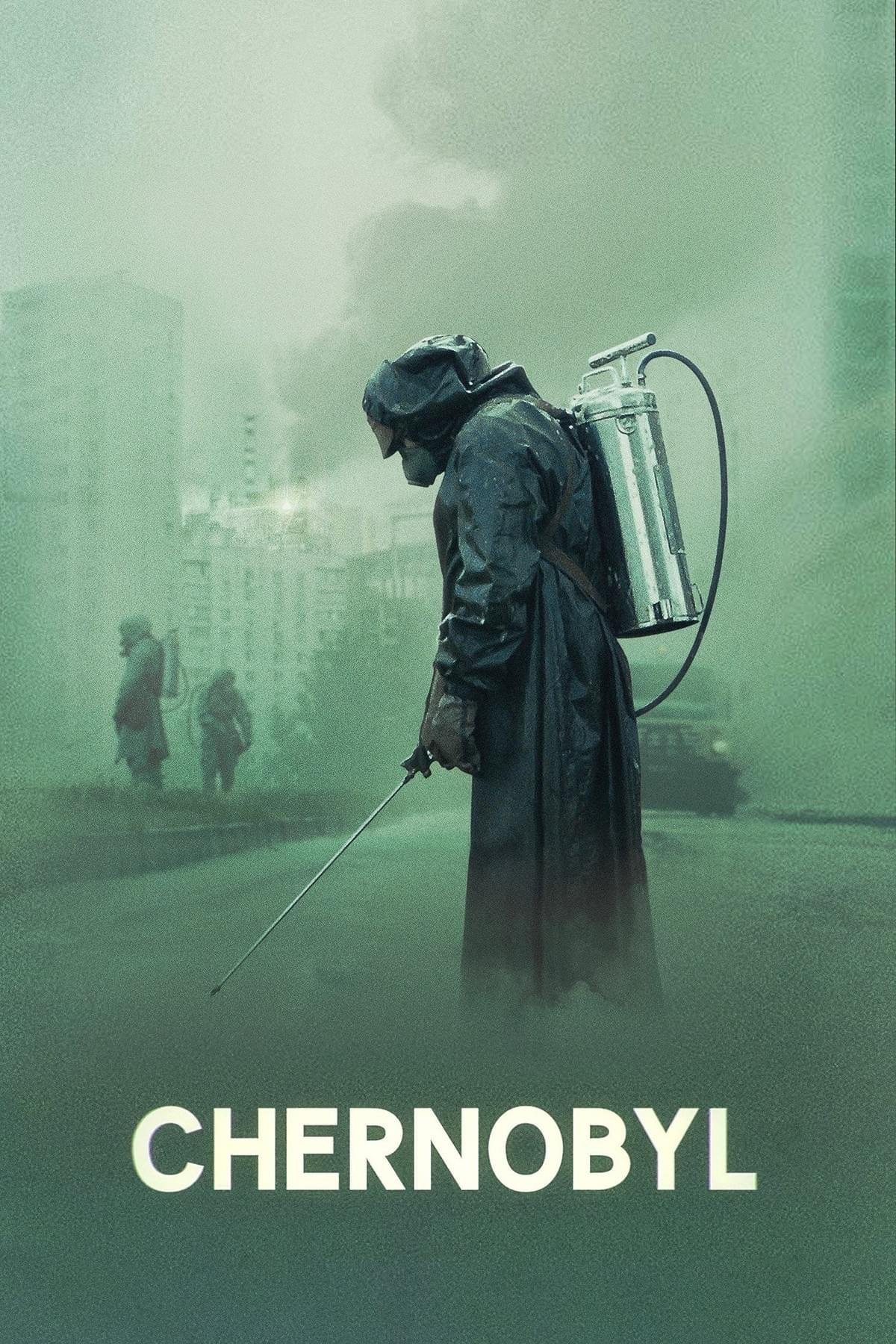
Killing of animals because they were contaminated is cruel and scientific at the same time. Ordered not by a politician but a scientist who cared for the future generation. The lives of people changed overnight, and they have to find a new home for the rest of their lives. An old woman who didn't leave her village since birth, despite living the fears of the two world wars, Nazi occupation and Soviet capture, had to succumb to the radiation to find a new home.
And finally, the culprit: Was it a human error or the faulty rods? While the TV series ends blaming the system and faulty rods, the answer is more profound. Shouldn't scientists consider human error when designing a reactor? Especially when the stake is high, like in the case of a nuclear power plant. These are the questions one is left wondering at the end of the series. And the thing that makes it so real and thought-provoking are the characters and the actors portraying them. I am glad that HBO made the TV series and I watched it.
Reviews
Books and Cinema

Papyrus
It is said that books are humans’best friends, where and how did they come from is a mystery to many. The journey from the stone tablet to electronic tablet is largely unknown, especially the shape shifting nature of books. Imagine time traveling to 800BCE and asking for a book and getting a stone thrown at you. Provided that one is still alive, the stone will reveal whether it is a book with inscriptions, or just an angry homo sapiens irritated by literacy. Or perceive asking for a book in 21st century and getting a downloaded file to read or listen from the literacy agnostic computer, but this time at a less danger of losing one’s life! The journey has many facets from the forms the books had to the way they were produced and stored to what was written on them to how they survived so many centuries. Despite periodical censorships, the staying power of books have proven resilient.
On the materials the books arewritten define their purpose, too. Writing on stone is hard, so is removing it. They serve an excellent source for storing information, mostly accounting facts in limited space. The reader has to come to the book, so the information better be valuable! Compare this with scrolls used in the pre-modern era, where one can write several things from announcements to treasury matters to poetry, but they can easily be destroyed, recall the famous burning of Alexandria library. It was also painstaking to reproduce them, requiring hand written copying. The materials required to produce them, from paper to cloth to animal skin were scarce, too. Hence, the mass production was not the norm until the advent of printing press and mass production of paper.
The books were commissioned byindividual owners and private collection reflected wealth and social status. Library system rarely existed, and in the cases when they did, can only be maintained by the state resources. Think about cataloguing the books and searching them without any cover! Bookstore were the place for commissioning the books, similar to walking on a tailor's shop to make clothes.
Literary was the luxury few canafford, so reading the book aloud was the best way to communicate the information. Like politicians and the media persons of today, one had to believe what the speaker said. Fact checking of book contents was possible, but rarely used due to the minor inconvenience of illiteracy (and physical strength to snatch the scroll from the speaker!) Copying was fine, as intellectual property didn't exist back in those days.
Fast forward, the physical books,e-book and audio books seem novel concepts, but in reality, they are combinations of the features evolved through centuries. It is difficult to burn a library today, but the e-books can do the same removing them or denying access. Romans would be unimpressed by the modern technology of audiobooks, as it was part of their daily life, expect for the fact that voice came from a man rather the computer. Physical books, while changed from scroll to codex format with hardcover, title and table of contents, still have few percentages of population reading them. Transporting them is still a problem; try switching apartments or home!
Irene Vallejo brings to light thejourney of books in this must-read book "Papyrus". The anecdotes and storytelling are mesmerizing and calling it is a page-turner would be an understatement. Some content is revealing: Adolf Hitler and Mao Zedong, both were avid readers of books, and also the biggest supporters of censorships. Some is hilarious: the trial went ahead according to the independent judiciary of the time, despite the minor inconvenience of the death of the accused. The book contains endless number of other book recommendations.
The book belongs to the classics.

Edible Economics
While all economists are wrong, someare useful and entertaining. Such is the case with the book "Edible Economics". It gives a primer of various economic concepts and justifies them with selective facts. However, the justification is well-reasoned and respectable. Coming from a left leaning perspective, it favors government intervention, and at the current time of high inflation, the arguments does seem compelling.
More than the topics, it is theauthor Ha-Joon Chang and how he narrates each story is where the fascination of the book lies. Picking an edible vegetable, fruit or condiment, the author describes its history and its relation to a culture; sometimes its commercial value and trade association. One learns a lot about these edible items and subsequently an economic trait or policy that resembles a similar life.
Who thought that term "Banana Republic" is actually linked to banana trade in the Central and South America. Or strawberry is not a berry, but tomato is! Chicken is neither loved or hated, but still is omnipresent, revealing the sustainable power of remaining non-controversial. Or varieties of noodles and pastas that are unheard of; going viral doesn't seem to be their strong suit!
The stories are narrated in shortchapters, which makes the book easily readable and a definite page turner. One may not agree with each economic argument presented, but it definitely provides food for thought!
A person unfamiliar with basiceconomics will find it useful for gaining valuable insights with nice anecdotes. One may also surprise friends and family with newly gained knowledge, especially if one doesn't currently belong to the elite club of economic discourse at the family table.

Animal Farm
Is hierarchy embedded in thesocial fabric where one segment of society dominates others? Or is it possible to have equality in principle? More importantly, what is equality? Is it in the freedom of expression, equal income or equal access to resources? There is a saying that everyone can be equally poor, but not equally rich.
This book Animal Farm brings thequestion of equality at the forefront. Set Imperialism against Communism, the book reveals how hierarchal structures evolve from an equal one. More importantly, though a bit subtle, the book illustrates that courage of some and silence of others play an essential role in developing such structure. Lack of education and fear also contributes.
Further Hidden in this classicbook by George Orwell is the fact whether equality is fair. What is one works harder than others, or is more productive, yet receives same remuneration? The cat in the book always evade work but still gets unrestricted access to food, while the horse labors all day with no privilege access.
This question is more importantthan it initially seems. It is not restricted to the type of government one pursues, i.e. democratic, imperialistic and communist, but expands its footprint to economic structure from capitalism to socialism to communism. It also encompasses modern businesses. Should there be managers, CEOs and shareholders in a company? Or cooperative model or other non-hierarchal structure can equally deliver job growth and profits?
Written in a satirical form, the book shows that merely ousting a dictatorial regime is not enough, the rebellion needs an alternative form of structure that can be sustained with checks and balances. As in the end the book amusingly states “All people are equal, but some are more equal than others.” Or as a French saying goes, “More things change, more they remain the same.”
George Orwell’s novel have a habit of being real to every generation, despite being written decades ago. This short novel is a page turner. Not sure why it was rejected several times before eventually being published. I guess that is the story of all great novels.
I couldn’t have read this book at better location: during a flight from New Delhi, India to Tokyo, Japan, via flying over China. Three different countries, three different systems, and one hell of a reading.
Joy at Work
Albert Einstein once allegedly said,"If a cluttered desk is a sign of a cluttered mind, of what, then, is an empty desk a sign?" While jury is still out if Einstein ever uttered these words, but if he did, Marie Kondo and Scott Sonenshein would not approve of it. In this book, duo precisely argue the opposite, and they seem to be right. Organizing office has always been a challenge, not because it cannot be done or occupant doesn't want to, but because it is a functional space. Unlike Presidents and Governors, whose job seems to be posting pictures of signing papers on their desks, common mortals actually have to use their office space to get work done. And unlike leaders of the free and not-so free world, one can only wish the luxury of well-dressed staff who can clean or organize the workspace during and after work hours.
The challenges of functionalworkspace are plenty. There is a constant inflow and outflow of files, people, and sometimes food. With changing priorities and timelines, the importance of tasks continuously varies, making organization of workplace herculean. No wonder many people who start with a well-organized office struggle to maintain it. And once files and other materials start piling up, there is no going back. The question then remains is it worth reorganizing if messiness will reemerge, that too within a short duration. The answer to that question is "yes". Untidy workspace affects motivation that eventually results in poor work productivity. People spend a substantial amount of time in their office and with colleagues, and being miserable during that time is not a good idea. Nobody has ever said that untidy workspace brings them joy and they feel inspired to do quality and productive work. Even Einstein have to be well organized to carry out several pages of mathematical proofs for his "General Theory of Relativity", and by relativity he didn't mean relative cleanliness!
Now the question becomes"how" to get it done and maintain it. This is where the book "Joy at Work" comes into the picture and provides good strategies. For example, it is best to organize workspace when colleagues are not present, by either coming early to work or spending extra time in office in the evening. Tidying things up in the morning is the better option, as it leads to the feel-good factor that can really make your day at work. However, the mood-boosting effects of cleaning in the evening may lead to reenergizing romantic life and/or better sleep, an age-old problem faced by many. What to keep and what to throw depends on upon their utility and happiness that comes in having them. Unlike home, some things in office may not spark joy, but are still essential for day-to-day activities and should be kept at safe distance. These may range from paper weight to the current boss.
While traditional desk-related workis diminishing, digital workspace and scheduling online meetings are playing increasing role. The book rightfully delves on it and translates decluttering to digital domain, which may be a bigger problem nowadays. This is because the physical space has definitive storage limit, after which things need to be let go. No such situation exists on digital space in the era of cloud computing, especially if employer is covering all the costs. It becomes essential to appropriately store and catalogue files, as well as manage tasks in the world of emails, online meetings, and digital communication and file sharing.
The best strategy seems to be the reorganization of the office space at regular intervals, such as weekly, monthly or even quarterly, and have functioning plan to maintain the workflow within the organized space. Some decluttering will bring adrenaline rush, others may seem like changing diapers, necessary but of no immediate or future value.
In the world of hybrid work wherelaptop sits in the kitchen table next to snacks and where one has to simultaneously meet demands of both boss and spouse, the strategies mentioned in the book may need some improvisation, but the underlying concepts remain the same. When working from home, breaks between meetings may be an opportune time for activities related to family planning. But the desired outcome will bring trouble of its own with toddler constantly distracting and creating mess. Changing diaper may then look like a relief. Merging tidying strategies for home and work may yield some helpful solutions.
There are several online productsthat can help in organizing work so that decluttering is minimized or eliminated, altogether. Calendly for scheduling meetings, Trello for task planning and management, and Canva for making presentations and storing relevant content next to the slides. Something like Slack can be both boon and bane. While the list can go on, reader can search on Google to find their relevant poison.
While tools can help organize thephysical and digital workspace, wisdom and experience of others can go a long way in having joy at work. President Eisenhower divided each task to a matrix: Important and Urgent, Important but not urgent, Urgent but not important, and neither important nor urgent. He catered to Important and Urgent, whereas delegated rest to others. Oregon's governor has two offices: one to sign papers in front of media with smiling face and other to actually work (or pretend to work). Eventually, anything that brings peace of mind will work.
The problem of cluttered officespace is widespread, so much that Marie Kondo left her regular job to follow a career as full-time consultant on tidying home and office space. She is making a fortune teaching people how to manage their mess. The book is worth the read, even though one has to pay for it for an eye-opening revelation of their messiness. For those looking for cheaper options, just look around.
PS: While some brave hearts can read this book during work hours, the best results can be achieved without getting fired is during morning or weekend.
© 2024














